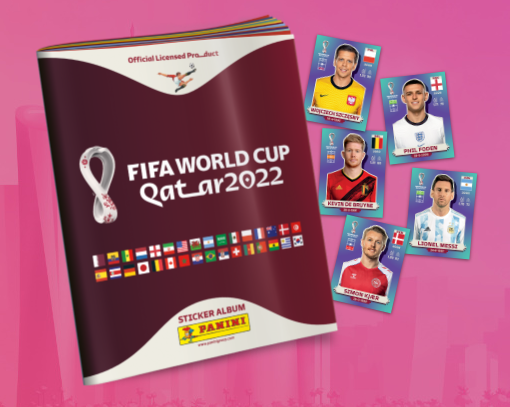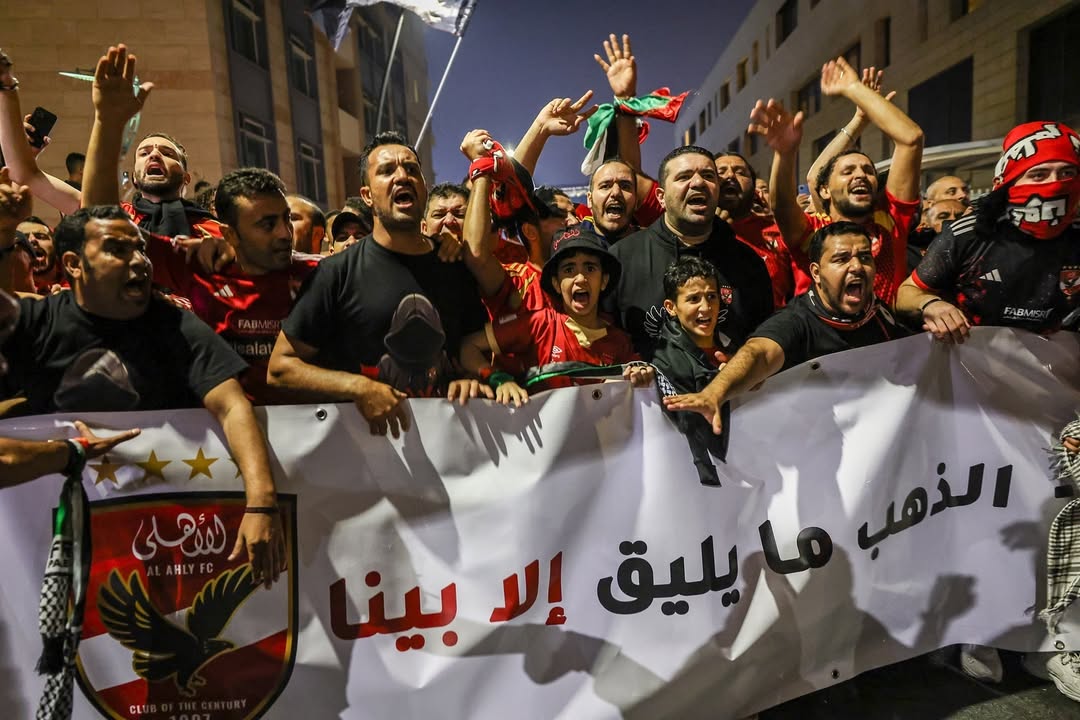The average cost to complete a World Cup sticker album is now $1,200 on average.
The long-standing unique hobby of collecting FIFA World Cup sticker albums is anticipated to be more expensive than ever for football enthusiasts this year due to worldwide inflation.
Before the much-awaited Qatar tournament in November, Italian maker Panini SpA raised pricing in the UK for packages containing five stickers by 12.5%, making it cost roughly £870 ($1,014) to fill the 670-sticker album.
The tradition kicked off ahead of the unforgettable 1970 World Cup in Mexico, when Panini released its first World Cup album. Since then, it has drawn both kids and adults who swap cards with each other at home, on the streets, and now online, in an effort to finish their sticker collections.
Panini’s sales hit $1 billion in 2018. A mathematician at Cardiff University in the UK estimated that during the 2018 World Cup, a fan would need to purchase 4,832 stickers on average to finish the album, costing the collector £774.
Now, the company is expected to hit another major revenue after spiking up its prices, making the once-normal hobby now much more expensive.
Now, it may cost $1,160 to finish the album in the US, approximately $150 more than in 2018, where 50 packets can be purchased for as little as $62 on Amazon.com Inc. and $72 at Walmart Inc.
Before the 2018 World Cup, Brazil sold 40 million stickers on average per day. Today, each package costs R$4 (78 cents), which is double what it was four years ago.
According to the Brazilian Institute of Geography and Statistics, that would bring the average cost of finishing the album to R$3,865, or 1.5 times Brazil’s national average monthly income.
Panini, which has been making sticker albums since 1961, has also released exclusive stickers honoring 20 elite players. On EBay Inc., a Lionel Messi card from Argentina is going for $490, while cards of Neymar Jr. from Brazil and Cristiano Ronaldo from Portugal are going for about $400 each.
However, such a spike in prices is not new. In comparison to the price in 2014, the publisher increased prices in 2018 by as much as 60% in the UK and 100% in Brazil.







